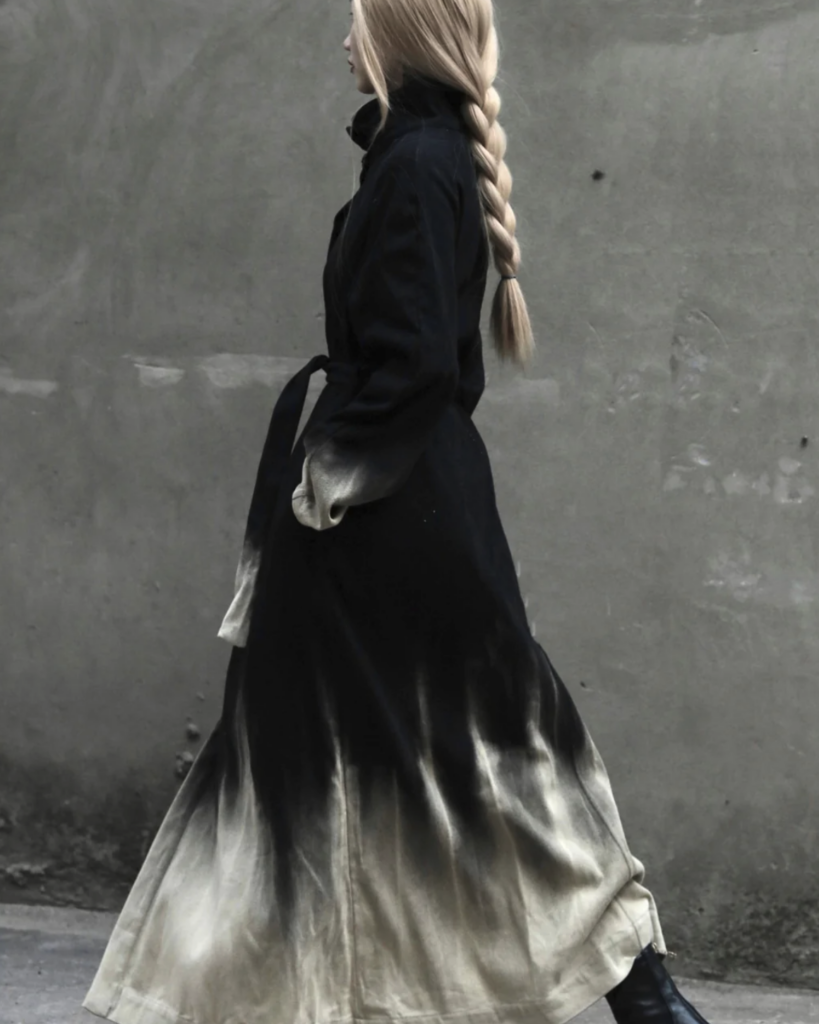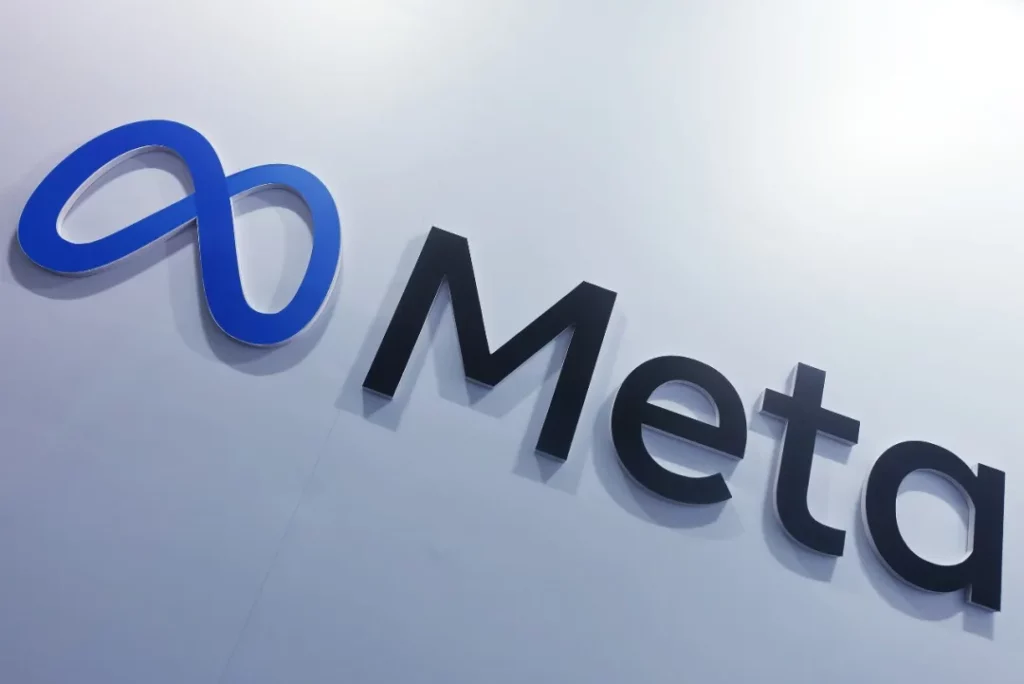Mars, Musk, and the Madness of Humanity: The Self-Destruction of an Idiotic Species
I stopped to read some articles that spoke in triumphant tones about the future colonization of Mars. A dream, they say, a new frontier for humanity, the first step toward an interplanetary civilization. But the more I read, the more I realized how absurd it was. Why are we so obsessed with the idea of abandoning Earth instead of saving it? Why do we spend billions to escape to a dead rock when we still have a living planet, even if it is battered by our stupidity? And this is where the real question arises: the race to Mars is not progress—it is a cowardly and delusional escape driven by egomaniacal billionaires and ruthless politicians. Humans are the only species that destroy their habitat with suicidal greed, and when they realize they’ve ruined it, instead of fixing it, they decide to run away. But run where? To Mars. A place that has nothing: no oxygen, no water, no livable climate. A radioactive desert, the worst possible hellscape for human life. And yet, billions are being poured into this insanity while Earth drowns in wars, pollution, and climate disasters. And who is leading this race to cosmic nothingness? Elon Musk is a chronically deranged fool, a billionaire whom many mistake for a genius because he’s rich. Elon Musk: The Prophet of Tech Nonsense Musk hasn’t invented anything revolutionary. Tesla? He didn’t create it—he bought it. SpaceX? A company that burns public money for utopian projects. Neuralink? An idea straight out of a poorly written sci-fi movie. And yet, the world hangs on the lips of this lunatic who dreams of sending a million people to Mars. To do what? Die of starvation in metal boxes? Musk keeps selling the fantasy of a “new Martian civilization” while ignoring the real issue: The problem isn’t the planet—it’s humanity itself. If we can’t manage Earth, imagine what a disaster we’d make of Mars. It’s like a gang of arsonists burning down their house and then deciding to move to the Sahara, convinced they can build a skyscraper with a shovel and a bucket. Politicians and Dictators: The Tiny Men of Destruction And while Musk plays space messiah, the world’s governments behave like monkeys with nuclear bombs. The leaders of the major powers—the U.S., Russia, China, Israel, North Korea—are nothing more than tiny, power-hungry men, convinced they’ve been divinely chosen to rule the world. Religion and politics—the toxic cocktail that has been rotting civilization for millennia. Nuclear weapons waved around like toys, pointless wars that only make arms dealers rich, all for what? To prove who has the biggest missile? Pathetic. We are ruled by imbeciles who think they’re gods while the planet suffocates under the weight of their greed and stupidity. Earth Doesn’t Need Humans—Humans Need Earth The truth is that we are not the center of the universe. If the human race went extinct, Earth would heal itself. Chernobyl proves it: in just 30 years, nature has taken over, and wildlife thrives better without humans. The planet doesn’t need us—we depend on it. But instead of protecting it, we choose to believe Musk’s bullshit and the fantasy of space colonization, spending billions to escape to a dead rock while our paradise is being destroyed. The human race does not deserve Earth. And maybe, in the grand scheme of evolution, extinction is the only fate we have earned.
Mars, Musk, and the Madness of Humanity: The Self-Destruction of an Idiotic Species Leggi tutto »


